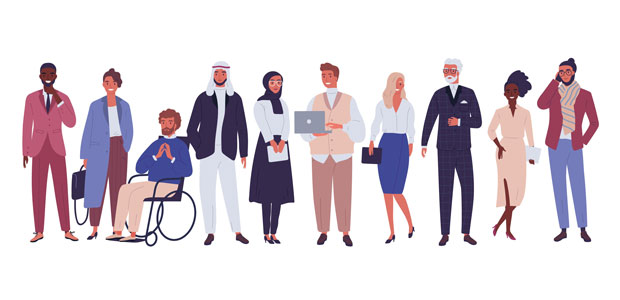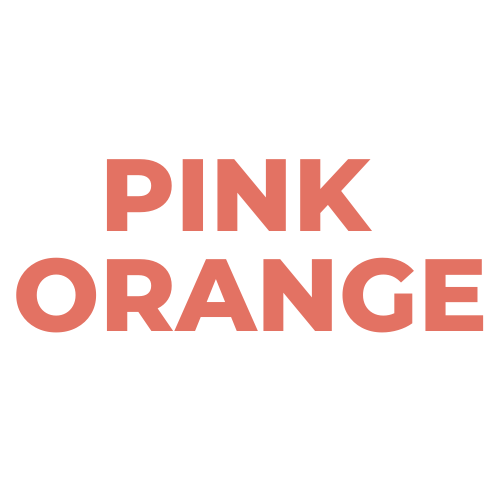
The lack of diversity in agencies is still a problem, but here’s why I’m hopeful
In the world of digital agencies, and more widely across industries, there’s a growing conversation around diversity and inclusion in the workplace. And rightly so. In 2020, 165 ad agencies in the US took part in a survey to better understand the demographics that make up the industry.
The results, coming from data on over 40,000 employees from major companies as well as independent agencies, didn’t paint a great picture.
For instance, the survey found over 70% of industry employees identified as white or caucasian, while Black employees represented just 5.8%. And as might be expected, the lack of diversity as you go up the company hierarchy into manager-level, VP and C-suite roles was worse. Industry surveys in the UK have revealed similar findings. We obviously still have a long way to go.
As a young woman working in the tech and education sector, I’ve experienced my own fair share of ageism and sexism. Two years ago, when I launched Pink Orange, this could feel like an uphill battle. But now that I am in a position of building a team and hiring employees myself, I have a new perspective on workplace diversity.
I’ll be honest, I hadn’t given much conscious thought to my own HR practices when it came to diversity and inclusion. I didn’t walk into interviews with the conscious intention of hiring anyone but the most capable person for the job. But when I look at my team, I see a 70-30 split of women to men. I see 30% are people of colour. I see a Nigerian, a German, two South Africans and two Brits. I see the creative and intellectual power of diversity every day. I recognise its value as both personally enriching and genuinely good for business. And so do our clients, who operate across five continents and benefit from our diverse knowledge and expertise as we set them up for success.
And I know I’m not alone in seeing this. There is no shortage of studies to demonstrate the very real value of a diverse workforce. Diversity of gender, race, age, nationality, life experience - it all adds up to make a better, happier, more innovative and inspired team. But if that’s not reason enough to value diversity, a recent study from McKinsey found once again that, “The most diverse companies are now more likely than ever to outperform less diverse peers on profitability.”
So, what’s the ideal scenario for the ad industry as a whole to better foster inclusivity (and reap the benefits)? I don’t have the perfect answer. I share my experience in the hope that it’s suggestive of future trends. I hope that I’m part of a new generation of professionals that is proudly and fundamentally global and places value on diversity. I hope that, while people may still be inclined to hire people who are similar to them, the things that make us alike are much broader than they might have been a generation ago. I hope the big companies making pledges on inclusivity are the precursor of a major shift towards diversity at all levels within businesses.
But hope without action isn’t enough. Here are five things I’m going to do to make sure Pink Orange continues to be inclusive. And if you’re in the position of hiring or managing a team, I hope you might consider doing the same.
- Embrace hiring people with an unconventional professional journey or career breaks.
- Be flexible - part-time, flexible hours, and of course the option for continued remote working make jobs more accessible to more people.
- Check my own biases. We all have them and pretending we don’t doesn’t help. I want to try and consciously recognise them so I can put them aside when hiring.
- Write inclusive job specs, without jargon, inaccessible language or in-jokes.
- Talk to my team on other ways to promote diversity and inclusivity. We’re a diverse group and I’m sure everyone has different ideas on how we can all do better.


